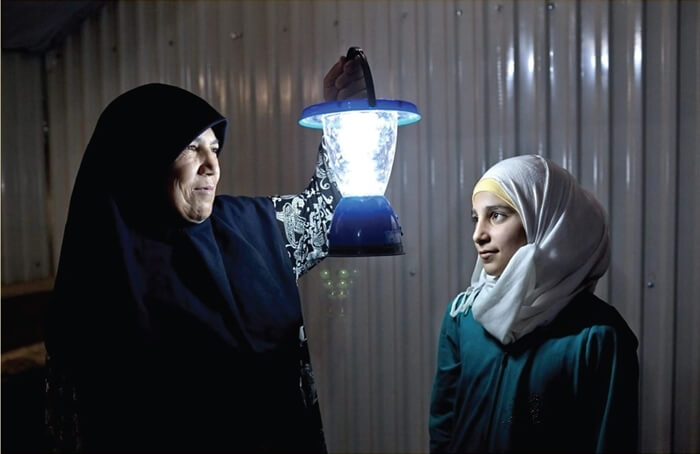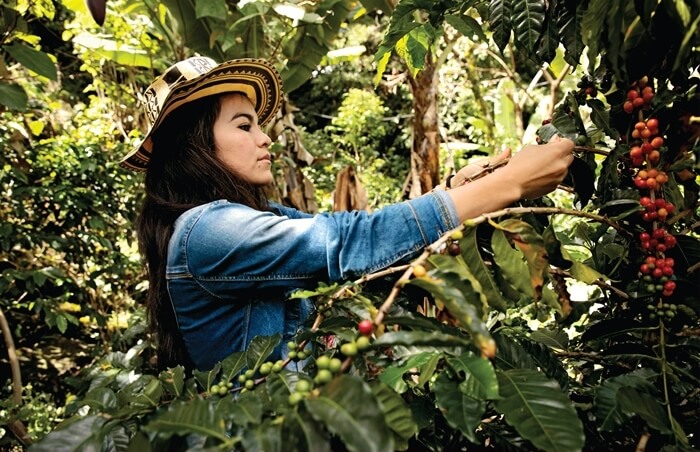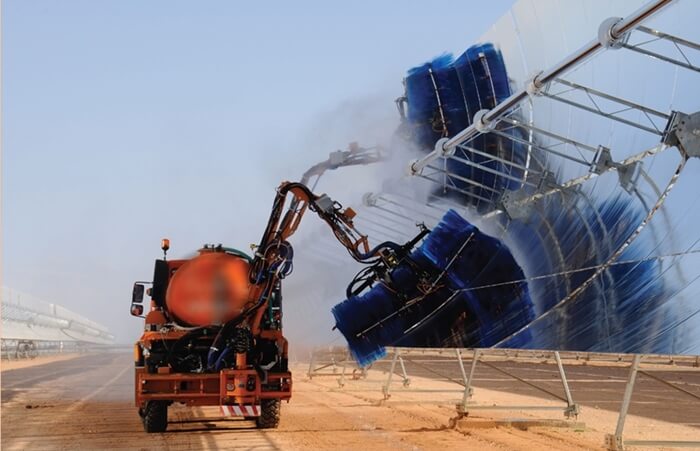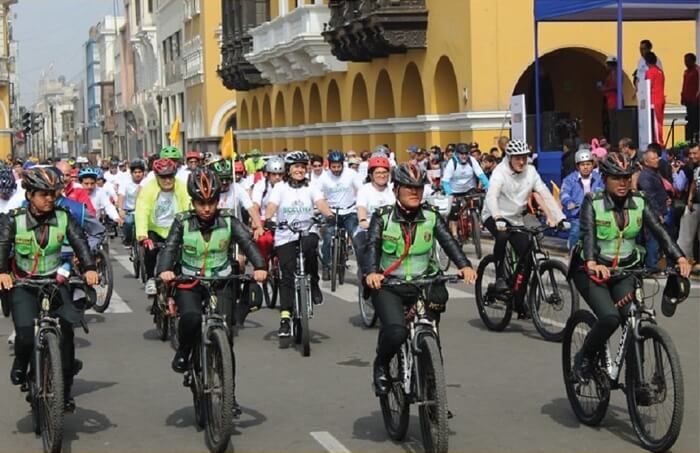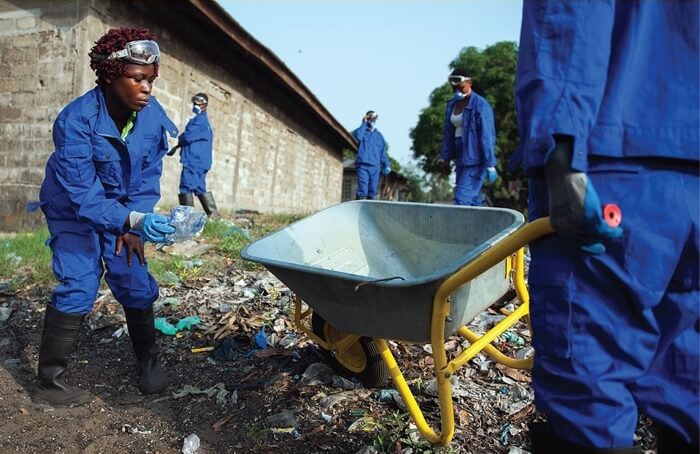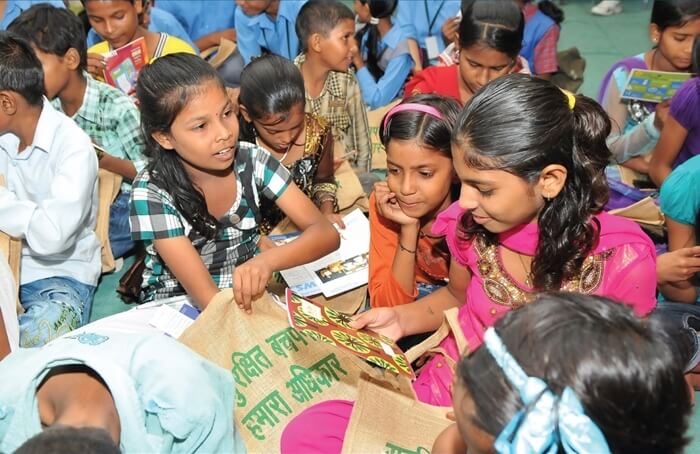Excerpt from smh.com.au
Sea water is washing under their homes, killing crops and dislodging grave sites. Inspired by successful litigation in the Netherlands, two Torres Strait Islander elders are taking the Australian government to court in a bid to force urgent climate action.
When a baby is born on the tiny islands of Saibai and Boigu in the Torres Strait, its parents wait until the umbilical cord has dried and fallen off, then they bury the cord under a young tree such as a woerakar, a
native hibiscus, or a broad-leafed sea almond.
This cord tree is a living symbol of the child’s place in their clan and their connection to ailan kastom, or island custom. Ailan kastom tethers the child to the ancestral beliefs that connect Torres Strait Islanders to the land, sea and skies, and are passed from one generation to the next. Community elder Uncle Paul Kabai, 54, is explaining all this to me as we walk through the front garden of his weatherboard Queenslander on the remote island of Saibai. The carefully tended patch is full of bushes covered in red flowers. “It’s a special thing, it gives you identification,” says Kabai.
His home has sweeping views across a milky-blue stretch of sea to the thickly forested shores of Australia’s nearest neighbour, Papua New Guinea. PNG can be reached via a 10-minute trip in a fast-moving tinnie from Saibai, our second-most northerly island. Residents in this region of the Torres Strait have the right to travel passport-free between the two nations, in recognition of their long history of familial and trade connections.
Kabai’s own family tree grows next door at his brother’s house, a giant sea almond with a small hollow in the roots, where the cords of generations have been buried for as long as anyone can remember. A father of eight as well as a grandfather, Kabai had thought the tree would remain where it is for generations to come. Now he’s less certain.

Island Innovation is a social enterprise and digital media company at the intersection of sustainable development and communications, offering specialised services across various sectors. We bring together the private sector, government, utilities, NGOs and universities to advance innovation for sustainability and prosperity in islands worldwide.









